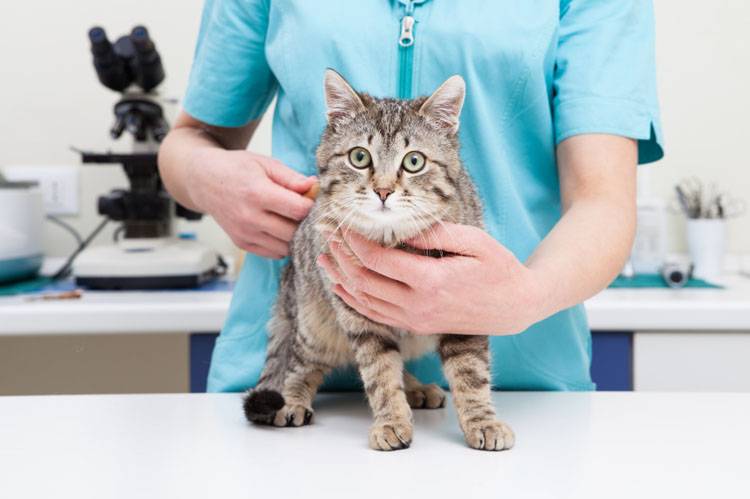Administering Oral Medication to Dogs and Cats
Pet owners will often come across the challenge of having to give oral medication to their dogs and cats whether it is antibiotics, post-surgery pain medication or otherwise. When you’re at the hospital, the veterinary assistant is responsible for pilling your pet. However, upon bringing your pet home, you will become accountable for this crucial task.
Advantages of Oral Medication
Professionals in animal jobs will tell you opening a dog’s or cat’s mouth is a sensitive task, as there is always the risk of getting bit. The biggest advantage of oral medication is that it allows you to continue your pet’s ongoing medications without having to give them painful injections. Oral medication can also shorten an animal’s hospital stay due to the fact that oral medication may be administered at home. Many injectable medications are also manufactured in pill or liquid form.
Before departing from the veterinary facility with your pet, make sure to ask your vet assistant to show you how to give your pet oral medication. You can also follow the helpful instructions provided here.
RELATED: Veterinary Compounding Pharmacies
How to Give a Cat a Pill
Pry the Jaw Open
Hold your cat’s upper jaw over the top of his head with your thumb and index finger behind the top canine teeth. Your fourth and fifth finger should wrap around the back of your cat’s head, pointing it upward. Hold the pill or syringe full of liquid medication in the other hand and use one finger of that hand to pry the bottom jaw open.
Drop the Pill
If the medication is in pill form, drop the pill as far back in his mouth as possible without allowing it to fall to the sides of the mouth. Keep in mind the esophagus is to the left of the trachea so the pill should be placed in the left-rear portion of the throat. You can use your finger or a pill gun (available at pet supply stores) to guide it down the esophagus, but work quickly if using your finger to avoid being bitten.
Stimulate Swallowing
Close the mouth immediately and hold it shut. Stimulate swallowing by either blowing in your cat’s nose or massaging his throat. Make sure your cat swallows the pill. You should be able to visibly see him swallowing. Rinse his mouth with a syringe full of water. Bad-tasting pills will cause a cat to salivate excessively, which can be a problem if the medication comes back up. To limit salivation, act quickly to decrease the amount of time the pill is in his mouth. If your cat is resisting by pushing away with his limbs, wrap him in a towel to restrain his limbs.
How to Give a Dog a Pill
Open the Mouth
The difference between oral medication administration of canines and felines is that with a dog, you may stick your finger inside his mouth behind his upper canine teeth and apply pressure to the roof of his mouth. The sensation of your finger across the roof of the dog’s mouth will coerce him to open his mouth.
Drop the Pill
As with felines, use the other hand to hold the medication and open the bottom jaw. Drop the pill as far back in the mouth as possible, slightly to the left where the esophagus is located. Allow his head to return to a normal position so he may swallow and then repeat the process with a syringe full of water. If your dog is resistant to taking medication, try this trade secret: hide the pill or capsule in a piece of tasty food, such as cheese or a hot dog, to turn stressful medication time into a treat.
You may also like: Reduce Your Pet’s Anxiety With Happy Hoodie






